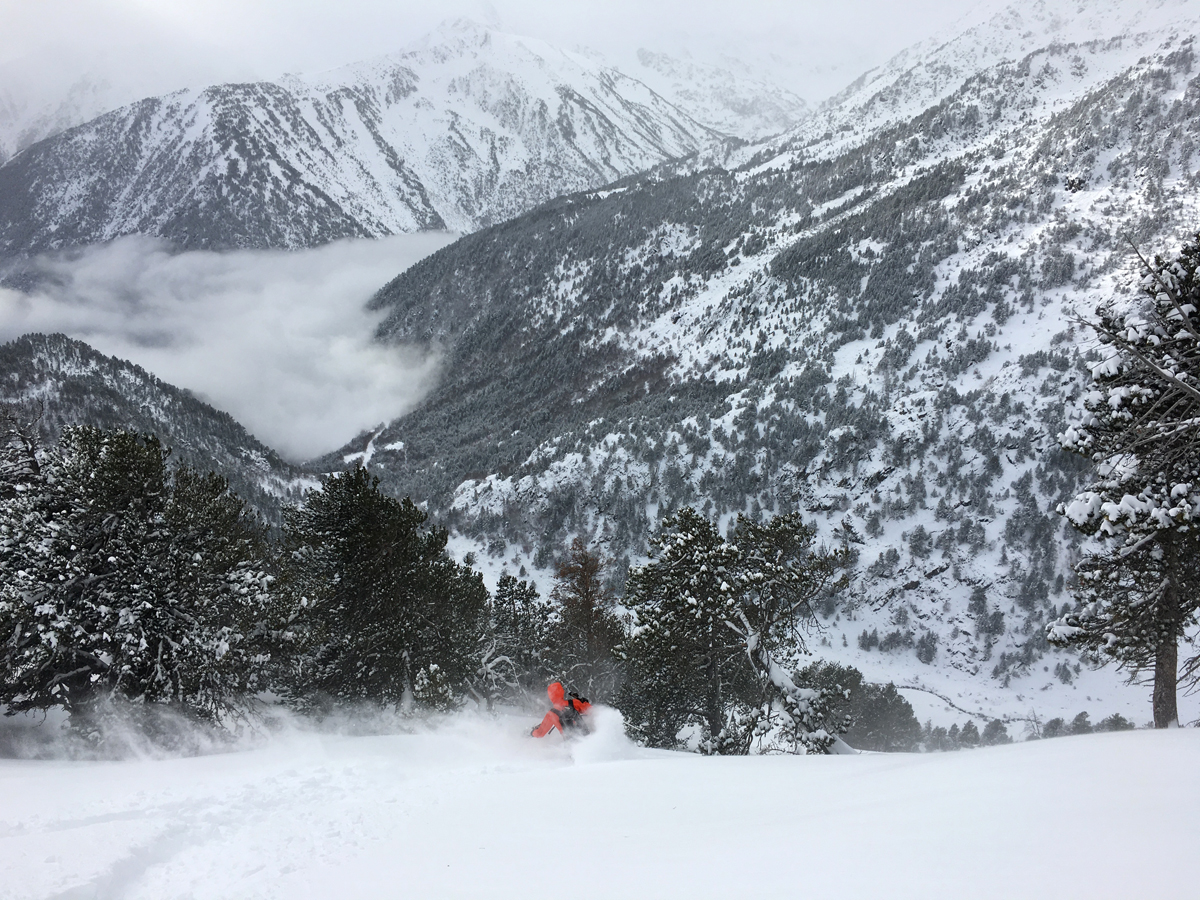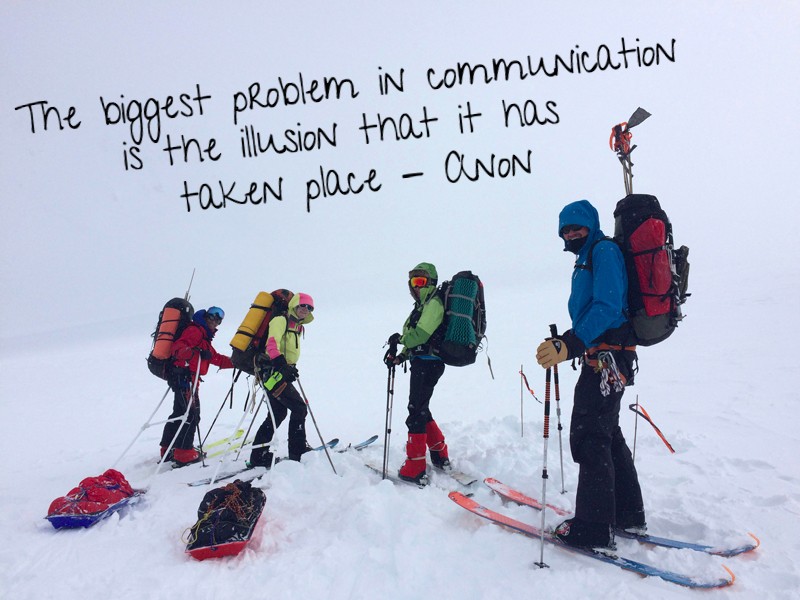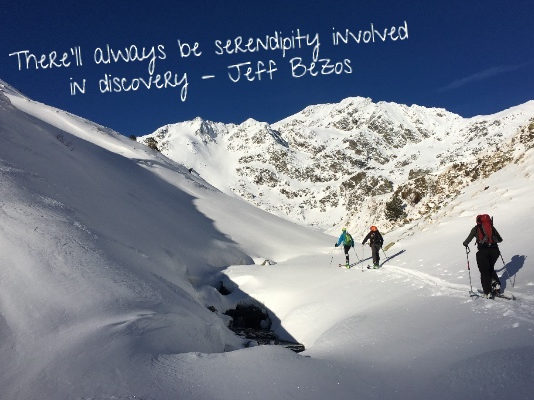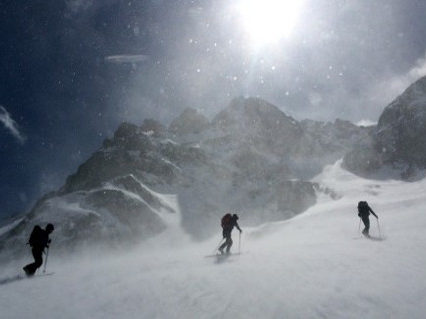“Ski the gaps, not the trees.”
That always seemed to be one of the silliest pieces of advice I was given as a novice skier. Let’s get real here. I might face-plant in the powder of the gaps and fill my goggles with snow, but the gaps aren’t going to hurt me. Those trees, though…..
Those trees are evil. I may not be an irresistible force on skis but those trees are undoubtedly immovable objects. When you run into them at speed, it hurts!
“The skis will go where you look.” That was also clearly nonsense. I’ve had my two skis abruptly part ways and head in two entirely different directions, neither one where I was looking, and the results weren’t pretty.
I learnt to ski as an adult and it was a slow, awkward process, driven by conscious learning rather than the intuitive discovery of children. With time, I came to realise that some advice only applies once you are good enough to use it.
Gradually, my ski control became a sub-conscious process, my body learnt to make the fine, intuitive adjustments faster than I could deliberately think them through and it became true that the skis would go where I focused. I started to see that if you skied down a slope staring straight at a tree, you’d ski into it.
Nevertheless, I certainly wasn’t going to ski through a forest without keeping a wary eye on where exactly those trees were. It still hurt to run into them! The challenge was to see how far I could push the tree into my peripheral vision while still having a beady eye on it.
The result was a series of heart-stopping near misses. Somehow the tree would sidle imperceptibly towards me and then abruptly leap into my path, resulting in a frantic swerve, a high-speed wobble and probably a crash into a snow-drift.
Finally it dawned on me that the truth was simple: you get what you focus on. A tree in my peripheral vision was still a tree I was obsessed with, afraid of – drawing my attention away from where I actually wanted to go.
I’m not suggesting you ski into a forest without taking an overview – a rapid mental snapshot of the nature of trees, the depth of the snow, the angle of the slope. At that moment I identify the obstacles I need to avoid and plot the line of gaps that will carry me safely through.
But once I’ve committed to the descent, then I need to let go of all the possible problems and give my full attention to success – focus on the gaps, one leading to the next and the next, slide my way through in an exhilarating fast dance to where the slopes open up below.
Ski the gaps, not the trees. Focus on what you want, not on what might stop you. It turns out to be very good advice.






